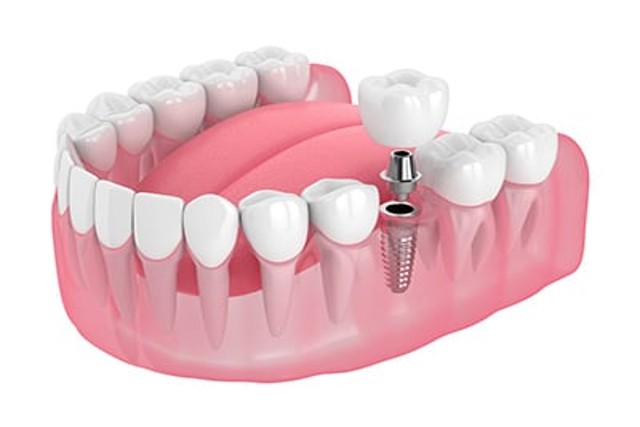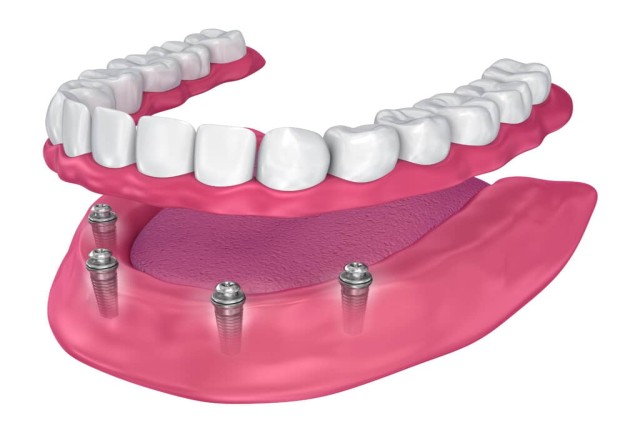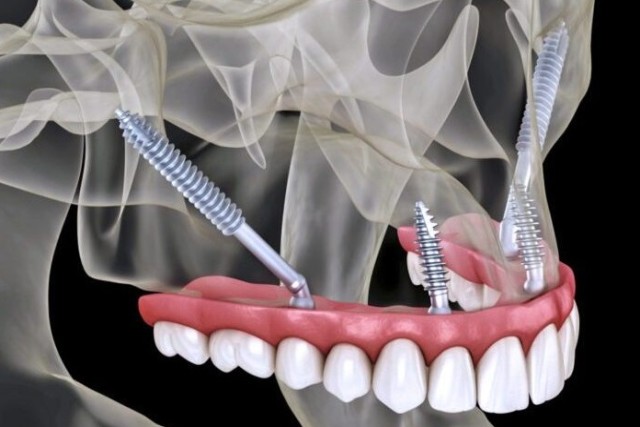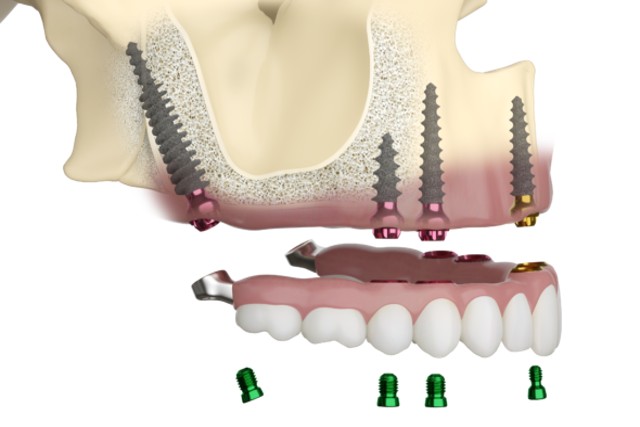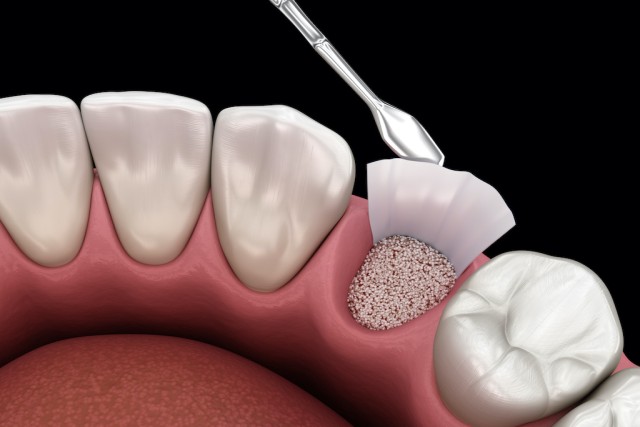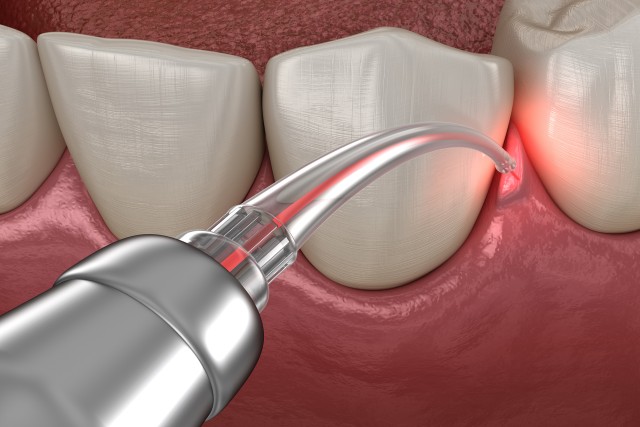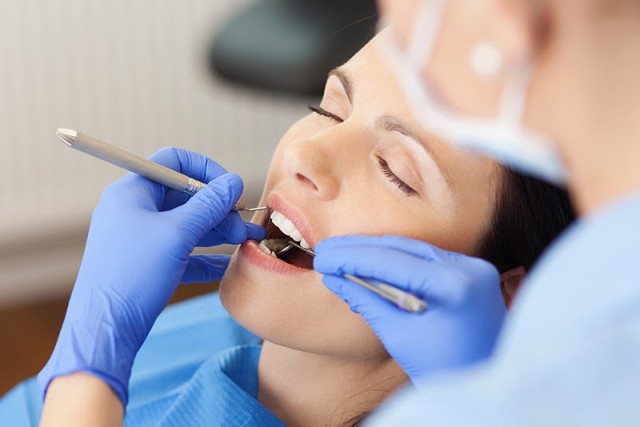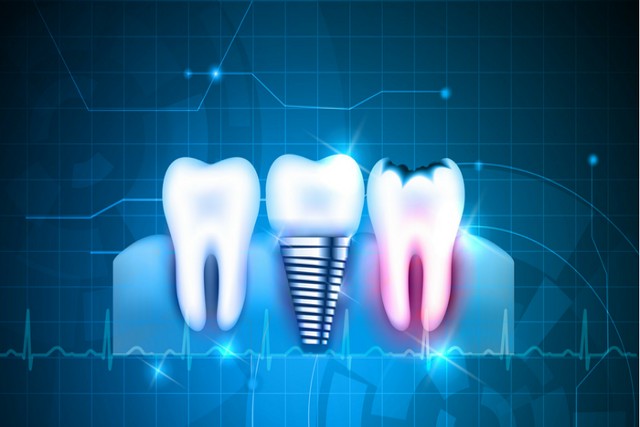ADVANCED DENTAL TREATMENT
CONVENTIONAL DENTAL IMPLANTS
Conventional dental implants are titanium screws that are surgically placed in the jawbones to replace missing tooth or teeth. It is a permanent and fixed solution for missing teeth. It gives a natural appearance of the tooth and does not damage the adjacent teeth.
Dental implants are made of titanium and these screws gets integrated with the bone and provides good support and strength.
The success of dental implants depends on several factors such as the condition of jaw bone, general health factors, quality of dental implant, oral hygiene of the patient.
ALL ON 4 IMPLANTS
All on 4 dental implants treatment involves four dental implants that supports the full arch of teeth. The goal is to replace the missing teeth and restore the function of mastication , improves aesthetics and enhances the quality of life.
It is a permanent dental prosthesis that replaces the entire arch, it consists of bridge that is supported by complete prosthetic arch attached to the 4 implants.
ZYGOMATIC IMPLANTS
Zygomatic implants are long implants that are anchored over the cheek bone(zygoma). It is placed in patients where the upper jaw bone is issufficient for placement of conventional implants.
These implants have sufficient anchorage so that artificial teeth prosthesis can be given immediately. It is more stable, and does not require bone grafting.
PTERYGOID IMPLANTS
Pterygoid implants or pterygo maxillary implants are placed over the pterygoid region of bone. These are longer than conventional implants and are placed over the last upper tooth region. It is indicated in patients with atrophic maxilla (limited bone) or when maxillary sinus lining is closer to alveolar bone.
Pterygoid implants allows immediate loading for artificial teeth prosthesis.
BONE GRAFTING
Dental bone grafting is a minor surgical procedure where an artificial or natural bone material is placed to facilitate bone formation. It increases the quantity of bone in area where there is less bone or when additional support is required.
It may take few months for the graft to fuse with the existing bone.
It is used during dental implants, tooth loss , gum diseases or any trauma.
LASER DENTISTRY
Laser dental treatment is the use of focused beam of light for various procedures.
It is less invasive and more comfortable compared to traditional methods.
Use of laser has various benefits such as less bleeding, less pain and discomfort, reduced swelling and faster healing.
Lasers are used in various treatments :
• Teeth whitening
• Gum reshaping
• Removing inflamed gum tissue
• Crown lengthening
• Root canal
• Soft tissue surgery
• Dentin hypersensitivity
SEDATION DENTISTRY / SLEEP DENTISTRY
Sedation dentistry or twilight dentistry helps the patient feels relaxed and calm during dental procedures. It includes sedative medications either through oral or iv or nitrous oxide sedation before beginning the procedure. Local anaesthesia is required for the dental procedure that is to be carried out. Patient’s medical history are considered before doing the procedure , and the vital signs are monitored during the procedure.
Benefits of sedation dentistry:
• Less anxious
• Less pain during treatment procedure
• Little to no memory of treatment
• Ability to perform several procedures in single visit
• Out patient procedure
DIGITAL DENTISTRY
Digital dentistry is advances that has taken over in the dental field. Beginning with diagnosis , digitalisation has come to treatment planning also.
Some of the areas where we use digital dentistry are
• Intraoral camera – to show patients their tooth structure and gums.
• Digital xrays- Provides images of tooth within seconds, helping patient understand the underlying problem.
• CAD CAM – This process is used for manufacturing crowns and bridges
• Intra oral scanners – Device that captures direct optical impressions of tooth structures avoiding messy impressions.
• Virtual smile designing – Helps in visualising the final outcome of smile design
• Tele dentistry- Tele communication for consultations and patient education.
